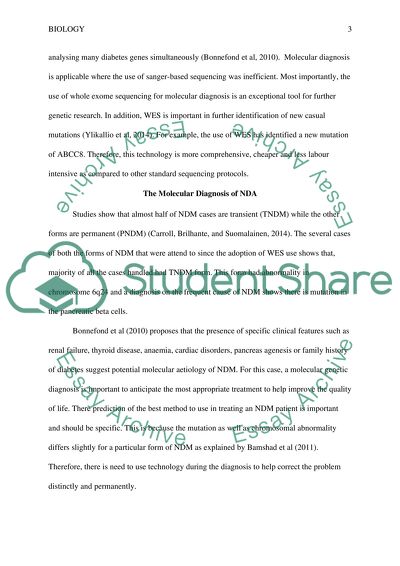Cite this document
(“Molecular diagnosis of Neonatal mellitus Research Paper”, n.d.)
Molecular diagnosis of Neonatal mellitus Research Paper. Retrieved from https://studentshare.org/biology/1689588-molecular-diagnosi-of-neonatal-mellitus
Molecular diagnosis of Neonatal mellitus Research Paper. Retrieved from https://studentshare.org/biology/1689588-molecular-diagnosi-of-neonatal-mellitus
(Molecular Diagnosis of Neonatal Mellitus Research Paper)
Molecular Diagnosis of Neonatal Mellitus Research Paper. https://studentshare.org/biology/1689588-molecular-diagnosi-of-neonatal-mellitus.
Molecular Diagnosis of Neonatal Mellitus Research Paper. https://studentshare.org/biology/1689588-molecular-diagnosi-of-neonatal-mellitus.
“Molecular Diagnosis of Neonatal Mellitus Research Paper”, n.d. https://studentshare.org/biology/1689588-molecular-diagnosi-of-neonatal-mellitus.


